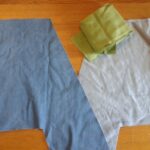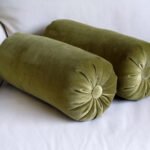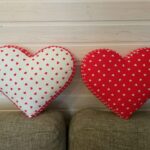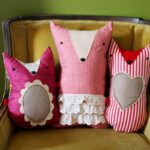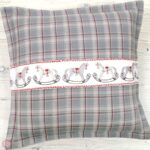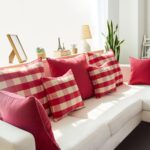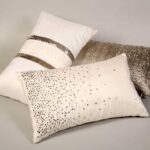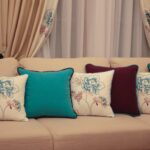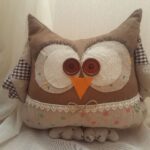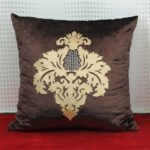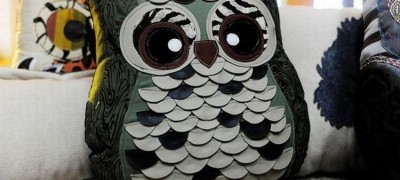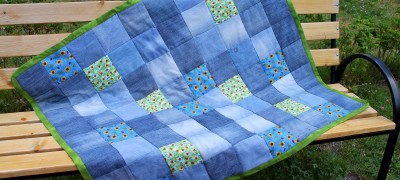DIY foam pillows
Sewing a sofa cushion with your own hands is a simple task that requires minimal sewing and cutting skills. One of the most popular cushion fillers is foam rubber. It is an inexpensive and soft material that is suitable for filling pillows of any shape and purpose. And complete freedom in the choice of decorative design will help to create a unique design of things.

What you need to make a foam pillow
To make a foam pillow, you will need:
- Tools - sharp scissors for cutting and cutting threads, pins for attaching patterns and workpiece parts, a needle. If you have a sewing machine, the best solution would be to sew with it. When sewing by hand, special attention should be paid to the strength of the seams.
- Materials - threads, foam rubber for stuffing, fabric for covers and decorative pillowcases, thick paper for patterns.

Important! It is not recommended to use too thick threads, as the seams from this will become rough and too noticeable. And the use of thick threads will not affect the strength of the seam.

The choice of fabric directly depends on the application of the thing. If you plan to use it for practical purposes - to sit, lie down, then the fabric should be chosen strong and resistant to abrasion. Any material that is used for furniture upholstery will do.
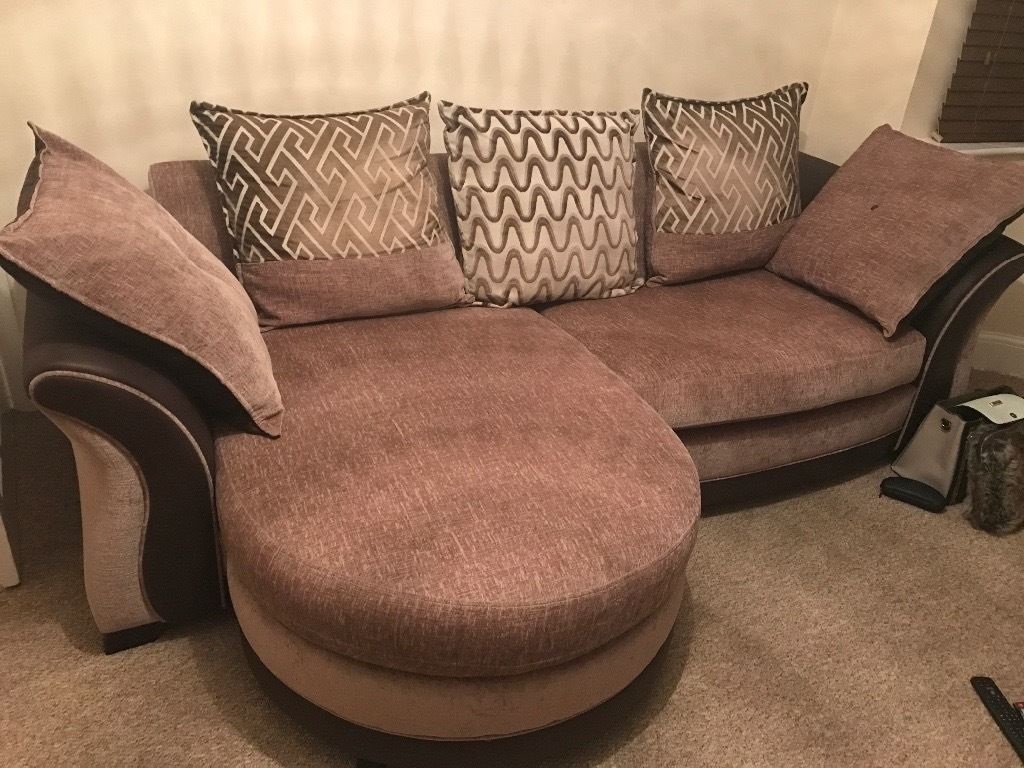
For decorative items, there is more freedom in choice. You can sew decorative pillows from any suitable material that can hold its shape for a long time and corresponds to the chosen design.

Advantages and disadvantages of a homemade pillow
A hand-sewn pillow has a number of obvious advantages. Firstly, it is complete freedom in the choice of form and decoration. You can independently choose the height, the degree of density and elasticity, and other indicators necessary for the most comfortable use.

Secondly, hand-made things add coziness and warmth to the house. And the competent use of hand-made in the interior will help create the necessary accents, complement the chosen style of the room. Homemade pillows are perfect for Provence or country styles.

The disadvantages of homemade sofa cushions include:
- the possibility of abrasion of the fabric and crawling out of the filler due to improperly selected materials or fragile seams;
- rapid loss of shape - if a poor-quality filler was used, or the pillow was not filled enough.
However, if you follow the rules of tailoring, these shortcomings can be easily avoided, and the thing will delight the eye for a long time.

Rules for sewing a pillow for a sofa
If you are going to sew a roller or a dummy for a sofa yourself, you need to remember a number of simple rules:
- Use a pattern to avoid wasting fabric or other calculation errors when cutting. If, with experience in sewing, a simple quadrangular "thought" can be sewn by eye, then when sewing pillows of complex shapes (letters, heart), a pattern is required.
- In order for the pillow to keep its shape as long as possible, it is advisable to sew an inner cover - a pillowcase or a filling. This rule is especially true for foam cushions, as this material easily knocks and crumples.
- Use only high-quality materials - strong reliable threads, soft and non-crumpled foam rubber, fabric that can hold its shape.

Note! Many types of foam rubber are produced, which differ in the degree of softness. In the work, it is desirable to use material marked "super soft" or "soft". Typically, this filler is available at handicraft stores.

How to make a pillow from foam rubber with your own hands?
The step-by-step process of sewing a pillow is as follows:
- Preparing a pattern - you can make it yourself or use ready-made patterns from the Internet. Be sure to leave a seam allowance of at least 1.5 cm.
- Cut fabrics for covers and decorative pillowcases. The cutting process directly depends on the shape of the product. For example, for a roller, you should separately cut out a large flap for the main part and 2 small ones for the end ones. For a round cushion, two large circles of fabric with seam allowances are sufficient. If you plan to sew a circle consisting of segments, you need to cut out the required number of fabric triangles, which will then be sewn together.
- Directly sewing the cover, or, if not in use, immediately decorative pillowcase. To prevent the filler from crawling out, the seams must be strong and reliable.
- Stuffing - the comfort of using the pillow depends on this stage. To prevent the foam from clumping inside, it is laid gradually, starting from the bottom. If a sheet of foam rubber is used, it is necessary to fold the sheet 3 or 4 times, and cut the blank in the shape of the future pillow. After stuffing, it is recommended to check how comfortable it is on the pillow and remove any excess.
Note! There is also an adhesive method for attaching foam rubber to a pillowcase. With this method, the foam rubber sheet is immediately laid on the cut fabric and fixed in the middle with a glue gun. Then the cover is stitched together. When using this method, the stuffing will be less confused, and the thing will retain its shape longer.

Cushion decor
There are many ideas for the original decor of a sofa cushion. This applies to both the shape of the pillows and the decorative design itself. In addition to the classic quadrangular, the following forms are most popular:
- bolster - classic sofa headrest;
- a circle consisting of sectors - such a pillow can be made in the shape of a flower;
- letters - letter pillows are often used as an element of decorating a child's room;
- heart - sewn both from one piece of fabric, cut into two sectors, and from two or more types of fabric of different colors;
- other figures are pads in the form of flowers, animals, and other silhouettes.
When sewing, you can use either one type of fabric or combine several different colors or types of material. Patchwork pillowcases made of triangles or squares of different colors sewn together look spectacular.

When choosing decorative elements, you need to take into account the general design and purpose of the pillow. For example, a roller that will be used as an armrest or headrest on a sofa should not be overloaded with decor.

Pillows that do not have a practical function can be decorated more boldly by using suitable elements - buttons, decorative appliques, lace.

How and where can you use it?
A handmade sofa cushion can be used both for practical purposes and as a decorative element. The original sofa cushion can combine these two functions at the same time. A layer of filler will help soften the hard headrest of the sofa, making it comfortable to sit or lie down. And the bright decor will make the pillows one of the focal points of the interior.
Video: DIY foam pillow

